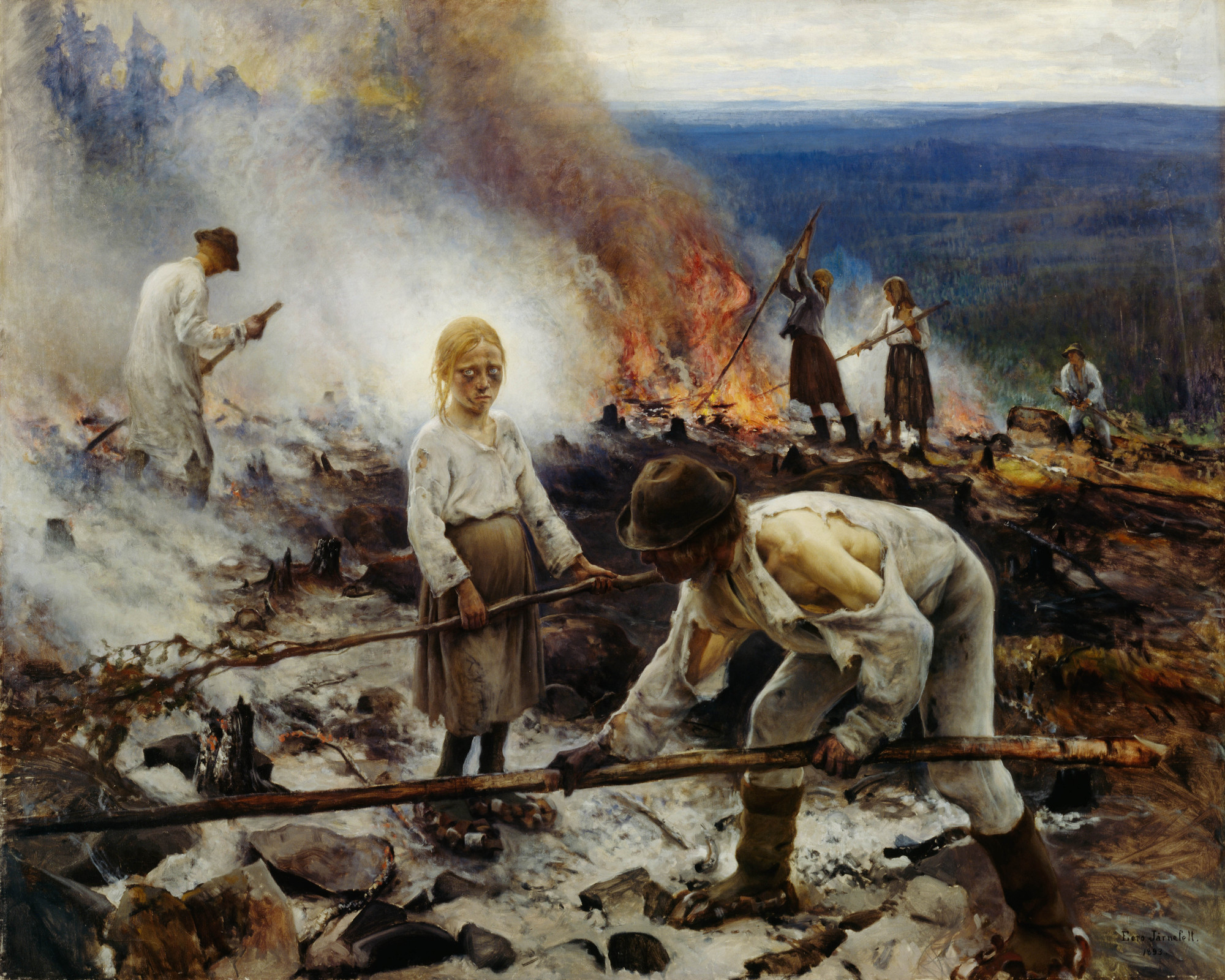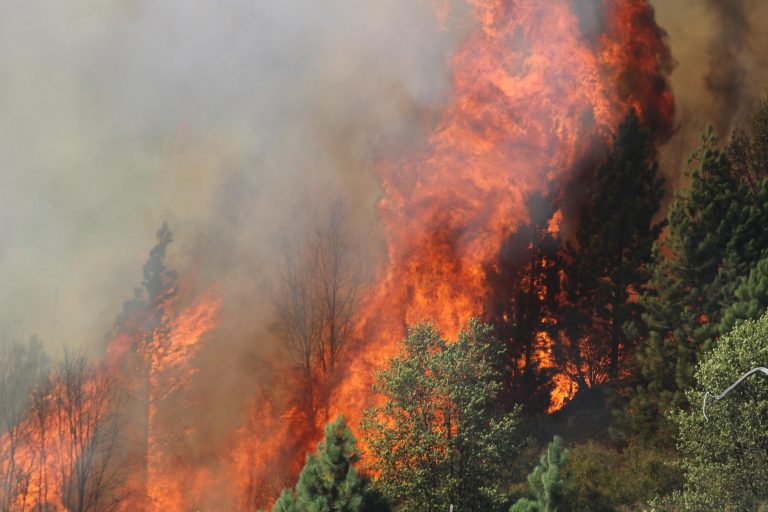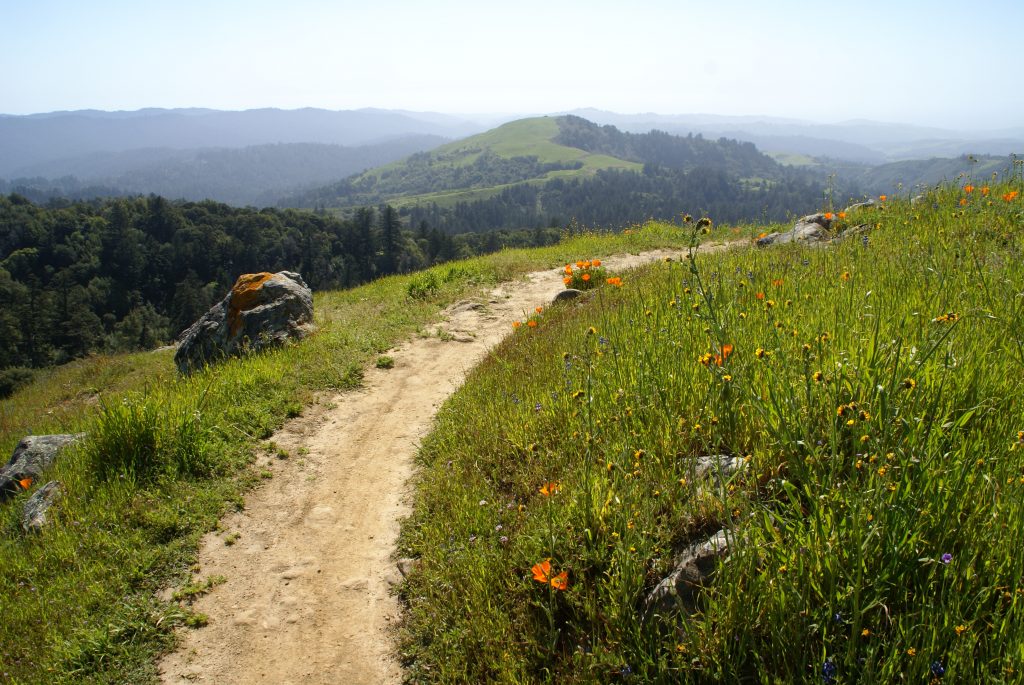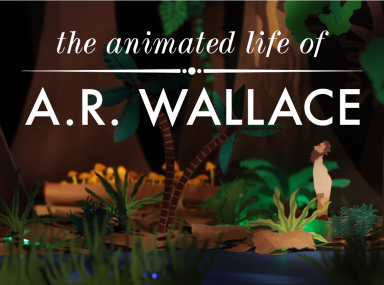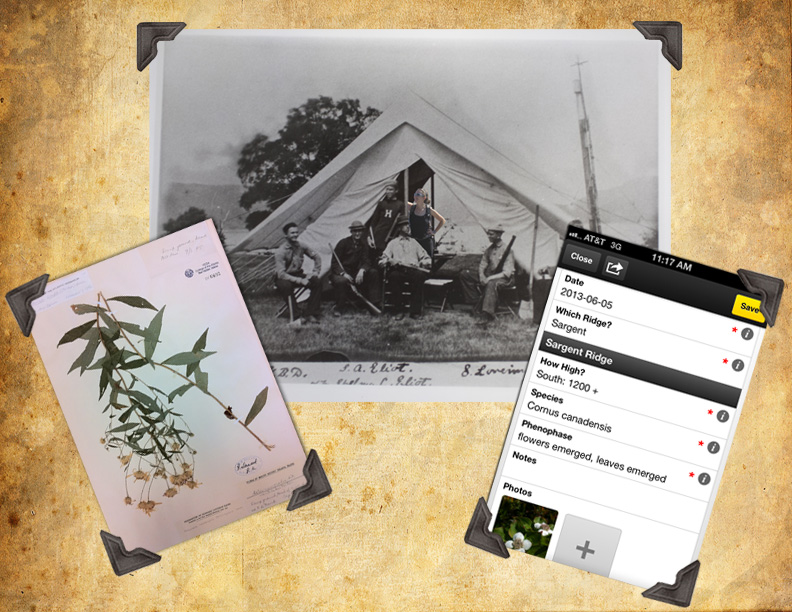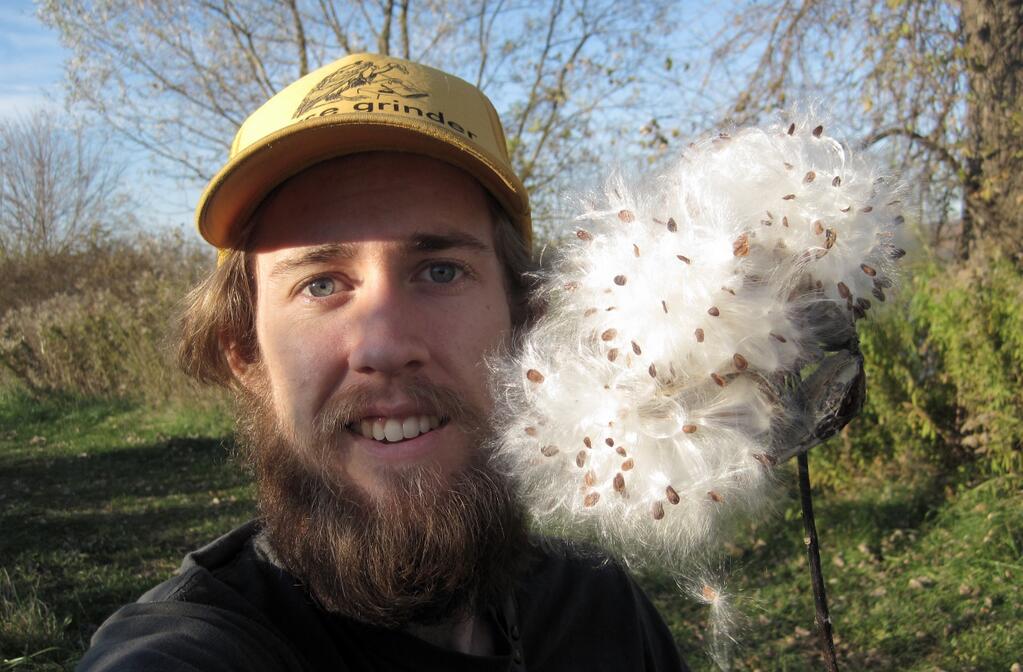
Celebrating Earth Day in 2014
Me and milkweed fruit – my #NatureSelfie for #EarthDay. Nash Turley, a naturalist, photographer, musician, and PhD student in evolutionary ecology at the University of Toronto, snapped this shot in Ithaca, NY, in 2011. He tweeted, “Everyday is Earth Day; the fact that the calendar says today is ‘Earth Day’ doesn’t really mean anything to me. Sort of like how aboriginal cultures don’t have a word for ‘nature’ because they didn’t see themselves as separate from nature….the fact that we have a day for the Earth shows how disconnected modern societies are from ‘nature’.”
Earth Day started as a grassroots protest movement in 1970 and has solidified into an annual event. What does Earth Day mean in 2014?
